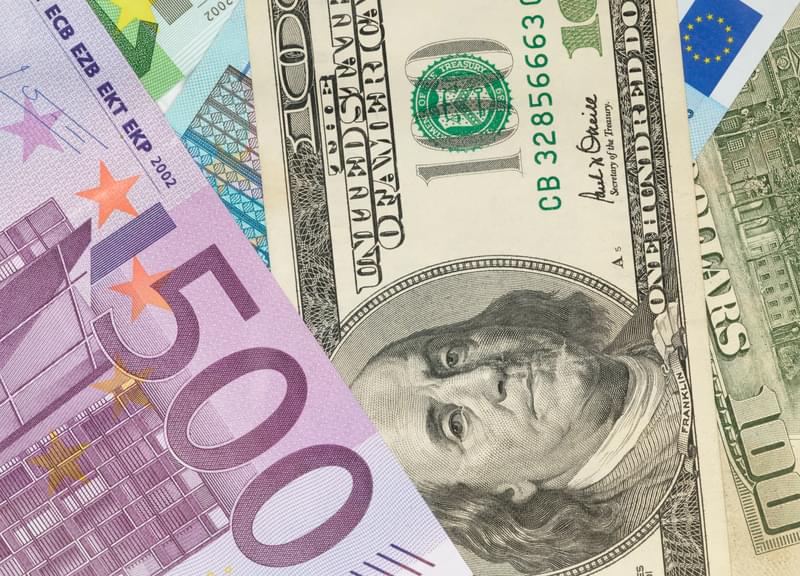
In 15-Jun’s Technical Blog we discussed a bullish divergence in admittedly very short-term momentum above 96.245 that at least temporarily interrupted the secular bear trend, defining 13-Jun’s 95.97 ow as one of developing importance. A week on, the 240-min chart below shows today’s break above last Thur’s 96.445 initial counter-trend high that confirms the next higher level of strength, leaving yesterday’s 96.23 low in its wake as the latest smaller-degree corrective low and certainly reinforces the importance of 13-Jun’s 95.97 low and support. As a result, traders are advised to use these levels as our new mini and short-term risk parameters from which to rebase and manage the risk of non-bearish decisions like short-covers and cautious bullish punts per a wave count calling fort at least an intermediate-term correction of May-Jun’s portion of the secular bear trend from 97.105 to 95.97, and possibly a more protracted correction or reversal higher.
On a longer-term basis, commensurately larger-degree strength above 26-May’s 97.105 intra-day high (25-May’s 97.045 close) remains required to break the secular bear market and expose a major correction higher. In effect, the short-term trend is up within a still-arguable secular downtrend. What the market has in store between spot and late-May’s larger-degree corrective highs and key long-term bear risk parameters is anyone’s guess. And herein lies the important issue of technical and trading SCALE. If you’re a shorter-term trader with a tighter risk profile, a neutral-to-cautiously-bullish stance is warranted. If you’re a longer-term institutional player, the market has yet to provide the evidence to negate a long-term bearish count and warrant defensive measures. But the risk parameter battleground is acutely defined at 95.97 and 97.105.
The daily close-only chart below, which takes out intra-day “noise”, shows the market’s return thus far to an area of former 96.51 support that, since broken earlier this month, is now a resistance candidate. A clear break/close above this area would be the next bit of evidence in support of a broader base/correction/reversal environment.
Finally and on an even longer-term basis shown in the weekly (above) and monthly (below) charts, t is indeterminable whether the massive meltdown from Aug’20’s 99.72 high to last week’s 95.97 low is a 3- or 5-wave structure. This determination would still be in question even if the market breaks the major downtrend with a recovery above 97.105. What would NOT be in question is the break of the major downtrend at that point. But with the Bullish Consensus (marketvane.net) at its lowest (28%) level since Jun’18 that warned of and eventually contributed to Oct’18’s major base and recovery, it would be unwise to bet against the extent of the market’s upside vulnerability above 97.105.
These issues considered, shorter-term traders have been/are advised to move to a neutral-to-cautiously-bullish stance with a failure below 96.23 and/or 95.97 required to threaten and then negate this call and warrant defensive measures. Longer-term institutional players are advised to pare bearish exposure to more conservative levels and jettison all remaining exposure on the immediate break above 97.105 or a close above 97.045.

